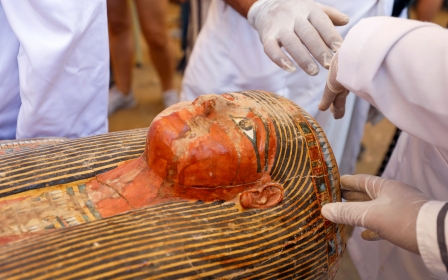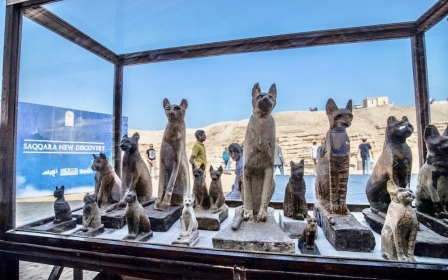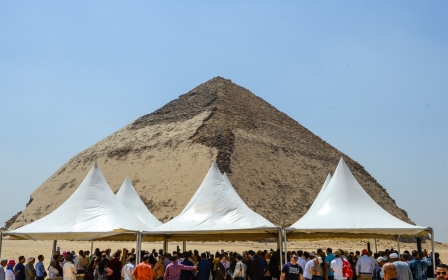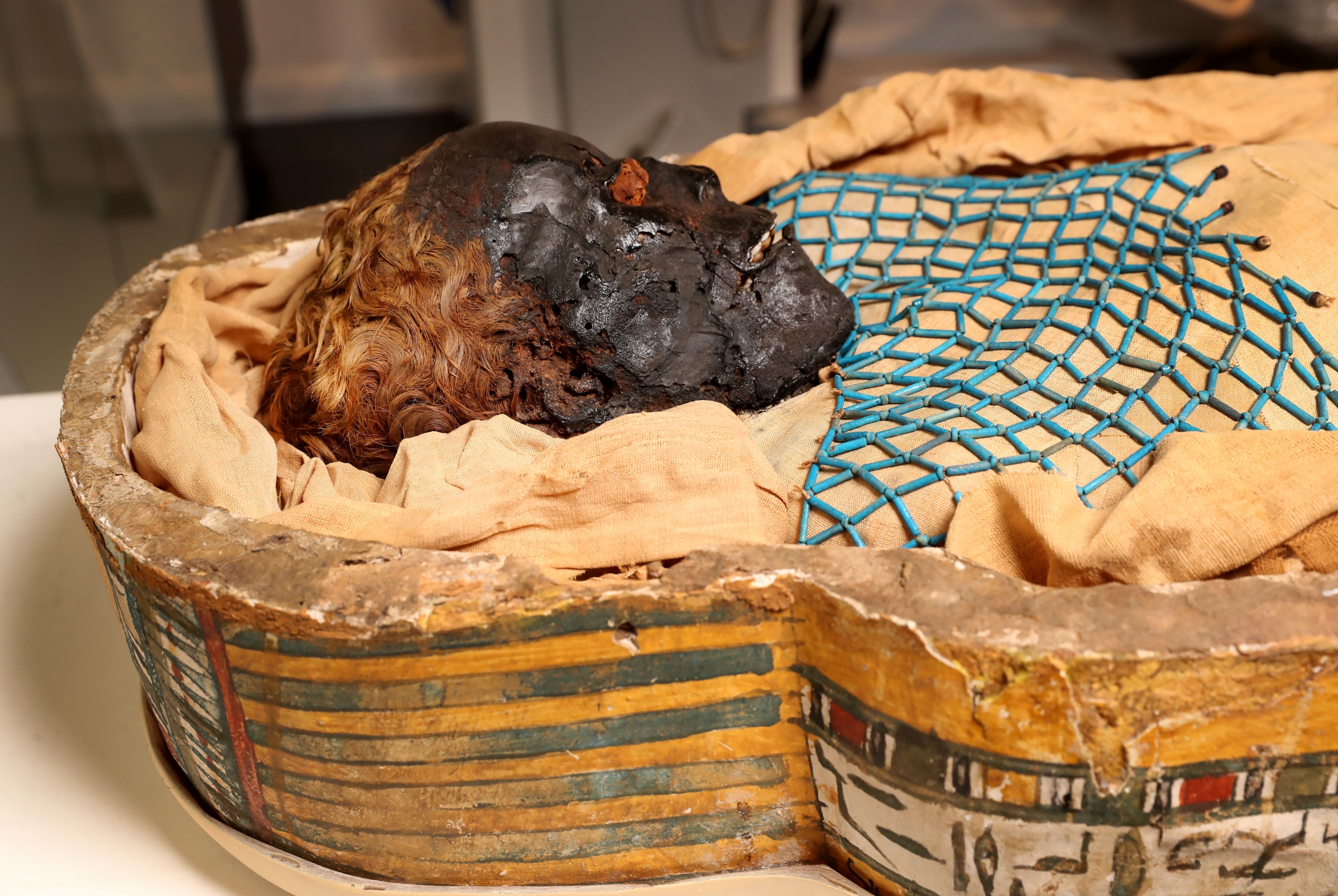
Case closed: Mystery behind Egyptian mummy's death unveiled
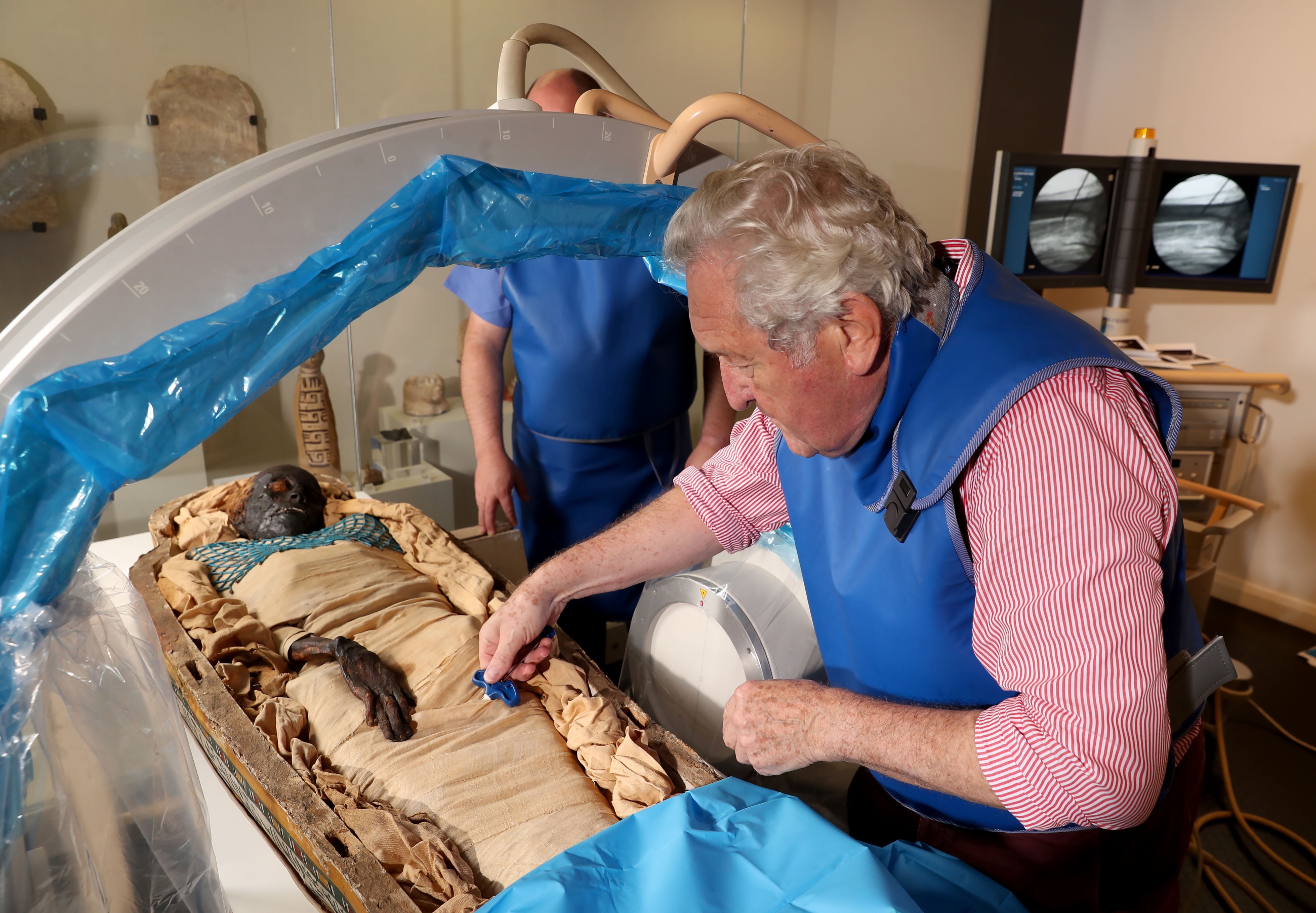
She may have lived 2,600 years ago, but her life - and death - is still a source of fascination. Takabuti was acquired in the ancient Egyptian city of Thebes by a wealthy man named Thomas Greg from County Down in Northern Ireland in 1834. Greg donated Takabui to the Belfast Natural History Museum and Philosophical Society. Now, 185 years after she was first unwrapped on 27 January 1835, a team of experts have finally gone public with revelations from their recent research. (Courtesy of National Museums NI)
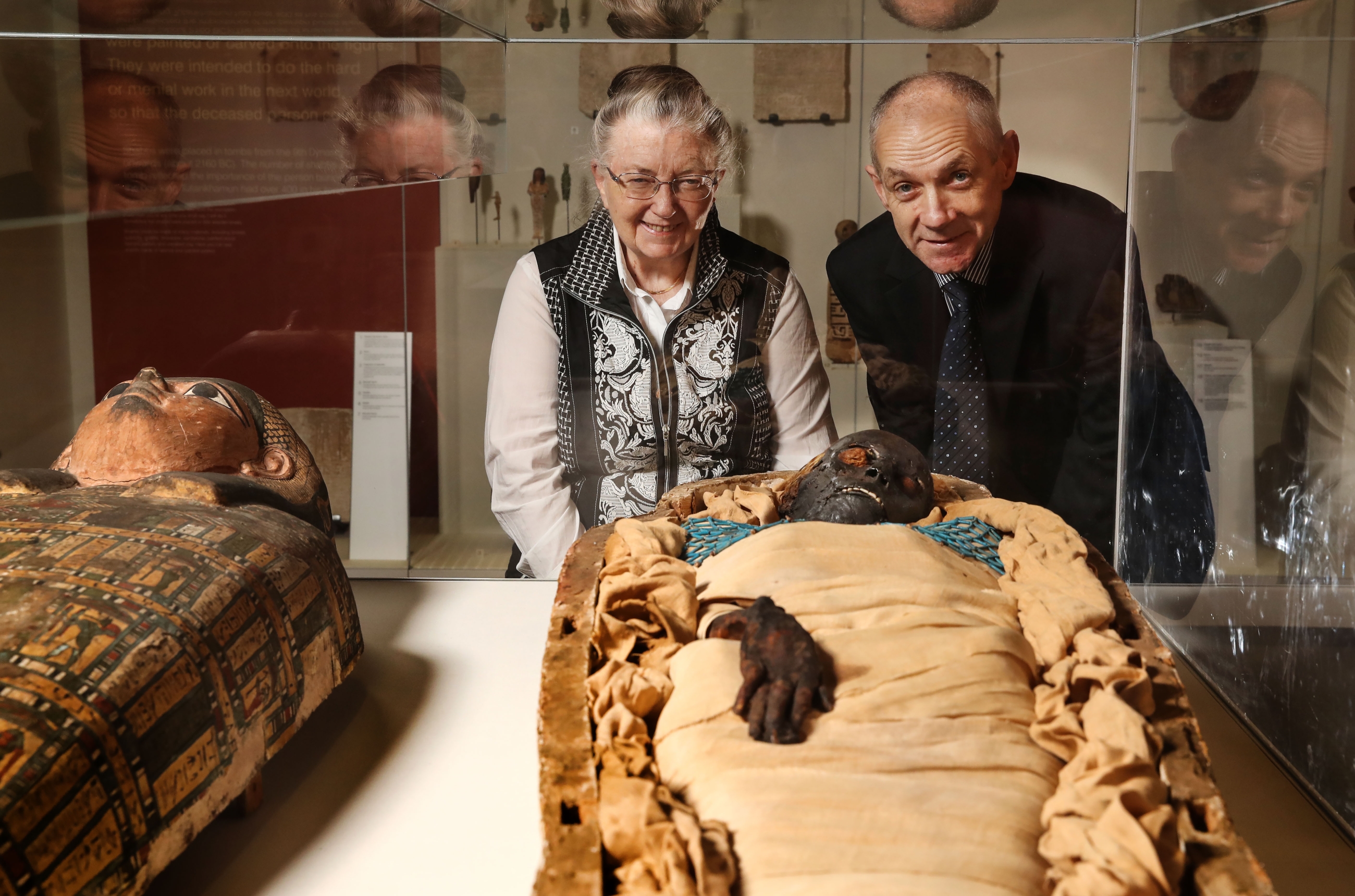
Retired orthopaedic surgeon and Egyptologist, Dr Robert Loynes (right), was part of the team of experts from National Museums NI, University of Manchester, Queen's University Belfast and Kingsbridge Private Hospital. Using the latest scanning technologies, they conducted tests and examinations over several months, which has shed light on "Egyptian high society in the 25th Dynasty". (Courtesy of National Museums NI)

Loynes performed CT analysis on Takabuti, which he says "reveals that Takabuti sustained a severe wound to the back of her upper chest wall. This almost certainly caused her rapid death." They discovered that the mysterious object in her body cavity was in fact resin-soaked linen believed to have been used to pack the wound. (Courtesy of The University of Manchester and RD Loynes)

The daughter of an Egyptian priest called Nepare in the Temple of Amun in Luxor, Takabuti died in her 20s and was buried near the Temple of Hatshepsut. Her mother Tasenirit was a house mistress. According to Professor Eileen Murphy, a bioarchaelogoist from Queen's University, Takabuti took great care of her appearance, curling and styling her auburn hair. "This must have been a very important part of her identity as she spurned the typical shaven-headed style," Murphy says. (Courtesy of National Museums NI)
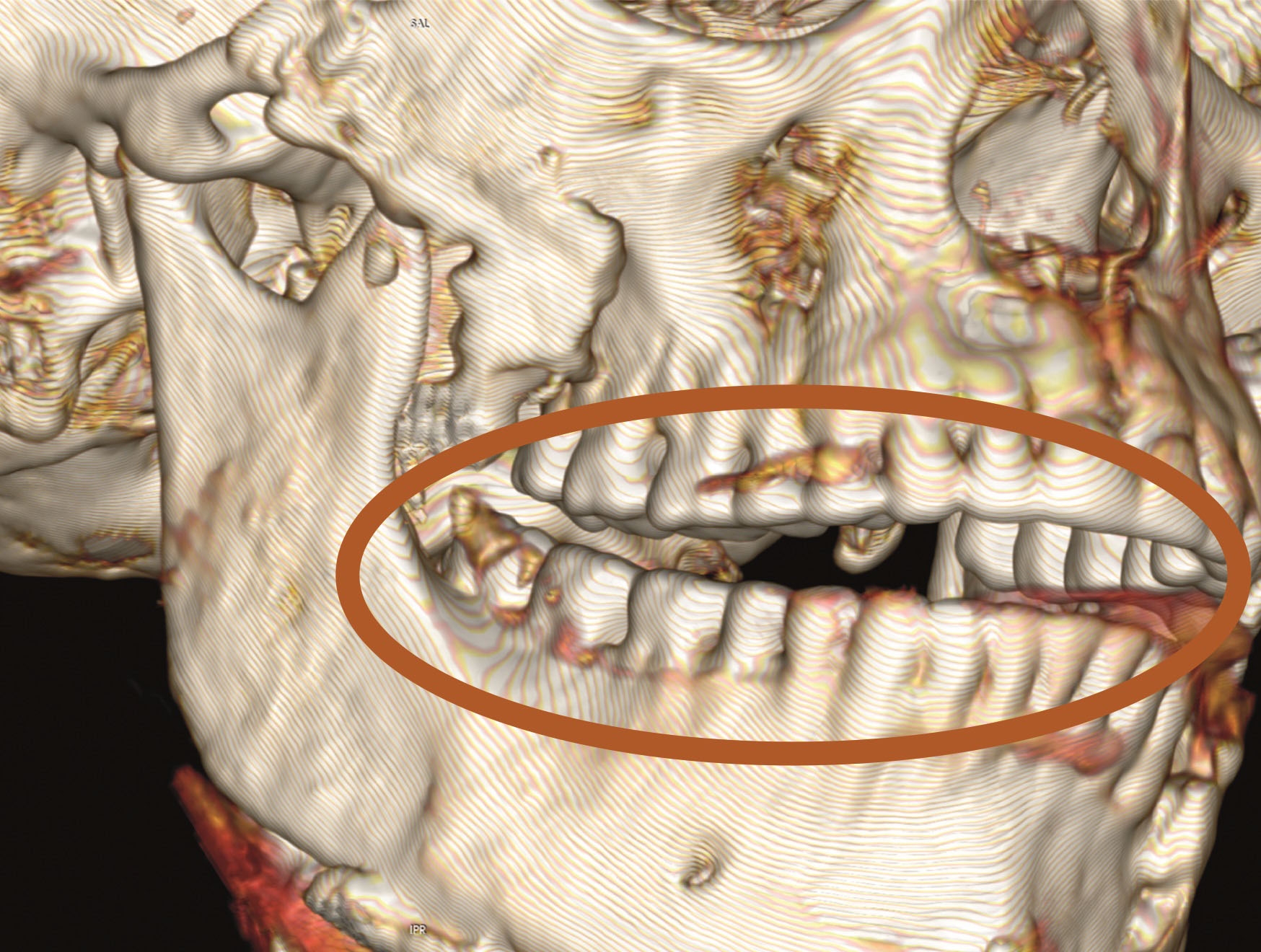
The team discovered that Takabuti had 33 teeth instead of 32, a phenomenon only occurring in 0.02 percent of the population. Although tests have been conducted on Takabuti since 1835, the latest "include DNA analysis and further interpretation of CT scans which provides us with new and much more detailed information," says Dr Greer Ramsey, curator of archaeology at National Museums NI. The discovery of her heart is another important revelation as in Ancient Egypt the heart would be removed in order to be "weighed" in the afterlife to determine how good a life the person had led. Too heavy and it would be "eaten by the demon Ammit and your journey to the afterlife would fail," Ramsey says. (Courtesy of The University of Manchester and R.D.Loynes)

The second mummy to be unwrapped in Ireland and Britain, Takabuti has intrigued visitors for nearly two centuries. After first being on display at the Belfast museum, she was transferred to the city's Ulster Museum in 1929, which has a collection of more than 500 items from Ancient Egypt. (Courtesy of National Museums NI)
Middle East Eye delivers independent and unrivalled coverage and analysis of the Middle East, North Africa and beyond. To learn more about republishing this content and the associated fees, please fill out this form. More about MEE can be found here.


